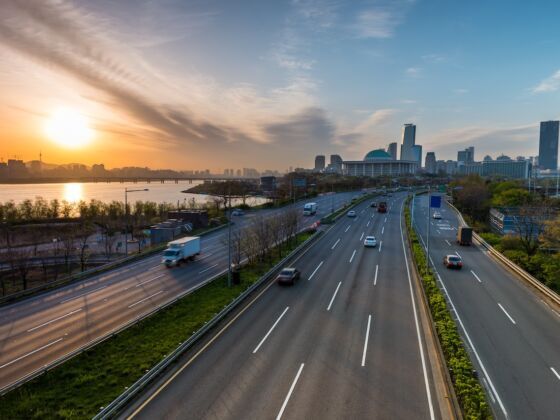One of the best ways to explore the Land of the Morning Calm is by car. South Korea’s size makes road tripping an attractive option. Vehicles can easily be rented at Incheon International Airport and through many hotels in Seoul. The following standout spots fall in a clockwise route, beginning in the capital.
Tip: Try to reserve an LNG-ready car. The cost of this alternative fuel is about a quarter that of gasoline.
Editor’s note: These spots are all taken directly from travelstoke®, a new app from Matador that connects you with fellow travelers and locals, and helps you build trip itineraries with spots that integrate seamlessly into Google Maps and Uber. Download the app to add any of the spots below directly to your future trips.
